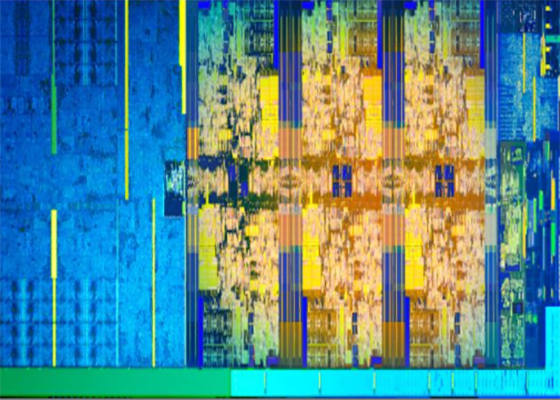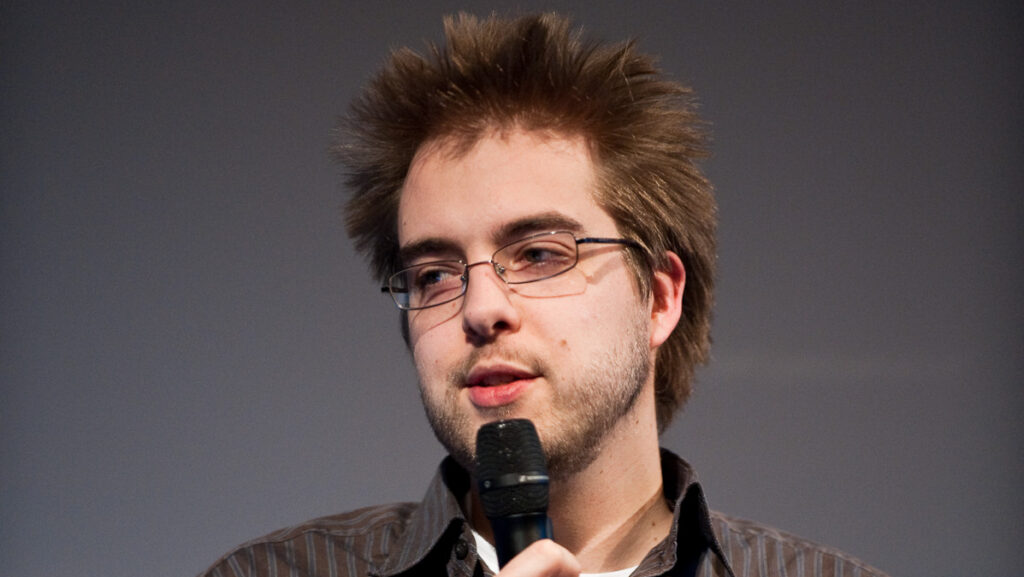The Core i7-8700K starts at a 3.7 GHz base frequency and is designed to turbo to 4.7 GHz in single threaded workloads, with a thermal design power (TDP) of 95W. The K designation means this processor is unlocked and can be overclocked by adjusting the frequency multiplier, subject to appropriate cooling, applied voltage, and the quality of the chip (Intel only guarantees 4.7 GHz).
The Core i7-8700 is the non-K variant, with lower clocks (3.2 GHz base, 4.6 GHz turbo) and a lower TDP (65W). Both of these processors use 256 KB of L2 cache per core and 2 MB of L3 cache per core.When compared to the previous generation, the Core i7-8700K starts at a higher price, but for that price comes more cores and a higher turbo frequency.
The two Core i5 parts operate at lower clockspeeds compared to the Core i7, and perhaps more so than we are previously used to, especially with the Core i5-8400 having a base frequency of 2.8 GHz.Comparing cache sizes to the Core i7, the new parts have the same L2 configuration at 256 KB per core, but have a reduced L3 at 1.5 MB per core as part of the product segmentation.
Then comes the new Coffee Lake 4C/4T Core i3 processors, where Intel is pushing out an overclockable Core i3 processor again.With the Core i3-K now being quad-core, and overclocking it to try and beat a six-core chip for less money, for certain things like gaming we might see less of a difference between the two. Nonetheless, the Core i3s do retain the policy of no Turbo modes on these parts. Another interesting point is the cache: the i3-8350K has 2 MB of L3 cache per core, whereas the i3-8100 only has 1.5 MB of L3 cache per core.



